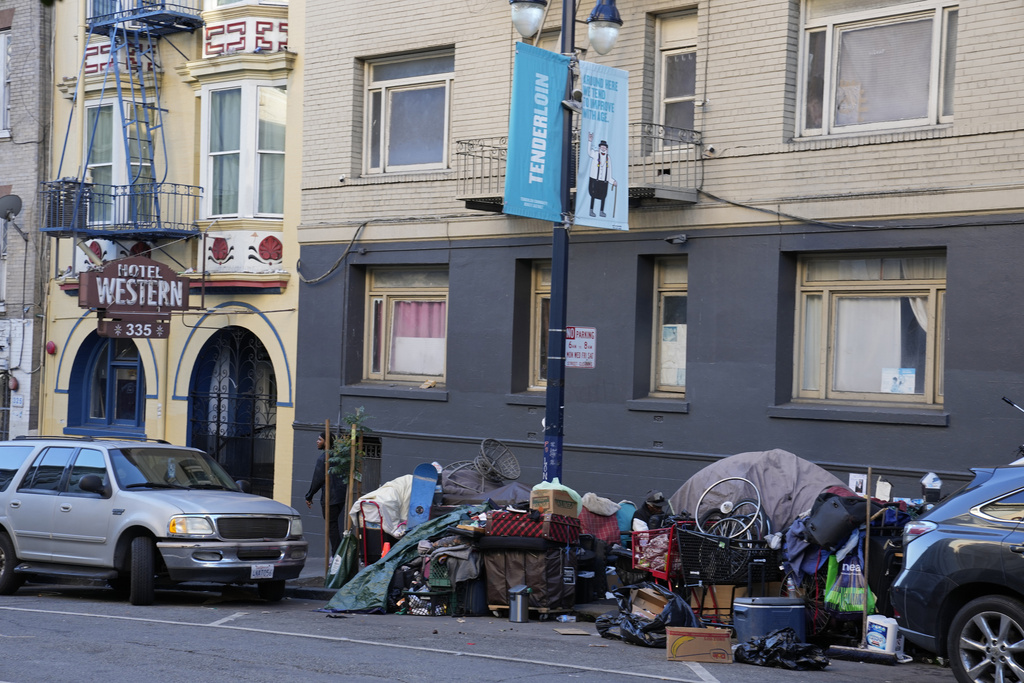Nature is the key to Barbie’s success.
“Man! I Feel Like A Woman” is more literal than people realize. Shania Twain, who wrote the lyrics to a riff from her ex-husband Mutt Lange, says the song was at least partially inspired by the drag queens of mid-’80s Ontario. Twain also insists the song is a rebuke of dour feminists who see women’s glass as perpetually half empty.
Understanding Barbie
Maybe it is. “Barbie” — both doll and movie — is at least trying to understand.
As Camille Paglia wrote in her introductory essay to Sexual Personae, “Art is form struggling to wake from the nightmare of nature.” This is Barbie: genitally smooth, briefly pregnant, curvaceous and petite all at once. (I’ll take her just as seriously as her detractors.) Greta Gerwig’s film reflects that ambiguity to great effect. It’s neither good nor bad. It’s just funny.
Paglia’s Influence
Paglia is precisely the right thinker to consult. Sexual Personae congealed over the course of the mid-’60s, was finished in 1980, and finally published in 1990. Barbie dolls first hit shelves in 1959. By the time Paglia began poking holes in the anti-humanism of feminism’s emergent consensus, women were entering colleges and workplaces at historic rates that upended sexual politics in less than one generation.
Barbie came along for the ride, morphing into new and progressive identities but always retaining her beauty. In Gerwig’s 21st-century hands, Barbie could be president, she could be disabled, she could even be a man.
This is not all that different from the incoherence Paglia writes about in Western art. It’s our struggle to transcend nature.
Gerwig’s film is predicated on the hilarity of innate sex differences. She mocks Mattel for discontinuing a pregnant Barbie and allows America Ferrera to find purpose in motherhood. Ken’s Mojo Dojo Casa House jokingly needs disinfecting to be converted back into a Dreamhouse. There would be no point in going on — nearly every laugh line in “Barbie” relies on the audience’s understanding that men and women are different.
The Power of Women
“Woman’s current advance in society is not a voyage from myth to truth but from myth to new myth,” observed Paglia in the midst of sexual upheaval. “The rise of rational, technological woman may demand the repression of unpleasant archetypal realities.” Those realities are identified by the author as menstruation, pregnancy, vaginas, and more. Barbie is liberated from all of these inconveniences, free to go to space or serve on the Supreme Court. But she’s still wrapped in pink, and she still has breasts.
Ken, as the narrator says, does not have a good day until he’s noticed by Barbie. Why? It’s ultimately women’s validation that leads to procreation. This dynamic is resolved by Barbie realizing after returning from the Real World that she took Ken for granted. Paglia’s critiques of feminism always place women in the driver’s seat of history for this reason. They’re not the powerless victims of leftist lore. They are the mysteries man works all his life to crack.
Which is, of course, very funny. It’s impossible to blame anyone for going into the movie with the expectation it would reflect that leftist lore more than the truth. Perhaps that explains why the script fell flat with some right-leaning critics. But “Barbie’s” second week at the box office was stronger than “Oppenheimer’s” first. It’s one of the most successful week-two runs in history. That is to say, people like it. And people don’t like woke content, which is why it’s almost always a commercial failure.
“Barbie” just isn’t what the hyper-political minds of online punditry expected. It’s hardly perfect. The male bashing is a little gratuitous. But the co-ed writing team of Gerwig and Noah Baumbach capture Barbie and capitalist, post-industrial America’s very real struggle against nature without exactly taking a side. Men can be women, but women still have to make gynecology appointments.
The Thrust of the Western Pursuit
It’s a dangerous sense of indecision but it’s one of which the film is almost unaware, as is the case with contemporary feminism’s inability to grapple with, for instance, TERF-dom. The overarching theme of Barbie does not belong to a political party or cause. We’d be kidding ourselves to think even most mainstream conservatives want, for instance, a workforce closed to women, a repealed 19th Amendment, or male-only credit cards. As Paglia says, “We must honor the chthonian but not necessarily yield to it.” This is the thrust of the Western pursuit.
Some argue that devolves inevitably into high-tech, genderless dystopia. Others, correctly as I see it, argue this will always be a tug-of-war between tech and nature, with tech at an often invisible, but important, disadvantage.
Gerwig and Baumbach can’t quite commit to the genderless dystopia of progressive fantasies.
“In a totalitarian future that has removed procreation from woman’s hands, there will also be no affect and no art,” wrote Paglia. “Men will be machines, without pain but also without pleasure. Imagination has a price, which we are paying every day. There is no escape from the biologic chains that bind us.”
While this is certainly a prescient vision of a world molded by postmodern androgyny, it is not the world of Barbie Land. We all know, as Paglia articulates, “the sexes are caught in a comedy of historical indebtedness.”
“Man can feel like a woman. He can never be her. That’s the joke, and it will always be funny.
" Conservative News Daily does not always share or support the views and opinions expressed here; they are just those of the writer."




